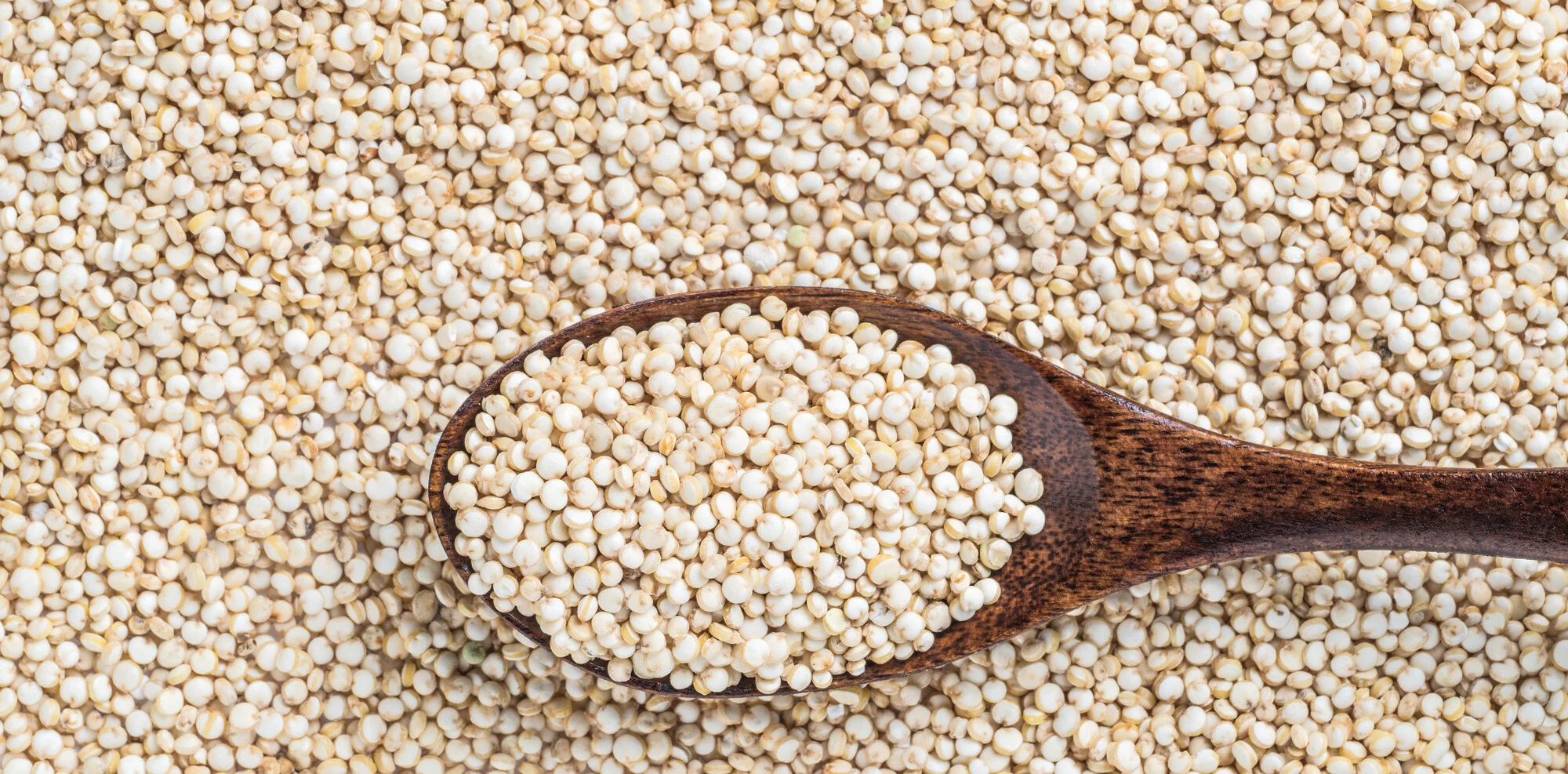Quinoa Bran
In light of the large and growing world market-demand for quinoa and the resulting quantities of by-product generated, either through water-washing or pearling, have created environmental challenges as the anti-nutrient characteristics of the resulting saponin-rich by-product limits its utility either as a feed ingredient or soil-fertilizer. In turn, we have further concentrated specific saponins and identified their functional properties. Some of the most desirable properties include their utility as foaming agents (re. foam enhancement and stability) within alcoholic and non-alcoholic beverages and coffee, novel natural biopesticides (re. yeast and mold) and as natural surfactants for biofilm removal of food contact-surfaces within food processing equipment.
The bitter compounds found in the bran-layers or pearlings (the by-product) generated during Quinua-production are water-soluble bioactives and have been identified as natural triterpenic saponins. In turn, we have further concentrated specific saponins and identified their functional properties. Some of the most desirable properties include their utility as foaming agents (re. foam enhancement and stability) within alcoholic and non-alcoholic beverages and coffee, novel natural biopesticides (re. yeast and mold) and as natural surfactants for biofilm removal of food contact-surfaces within food processing equipment. These Quinua-Extracts are now available in user-friendly, dose-response and time-release tablets.
Contact us today to learn how we can help you add value from your waste or by-products and optimize your bottom line.


